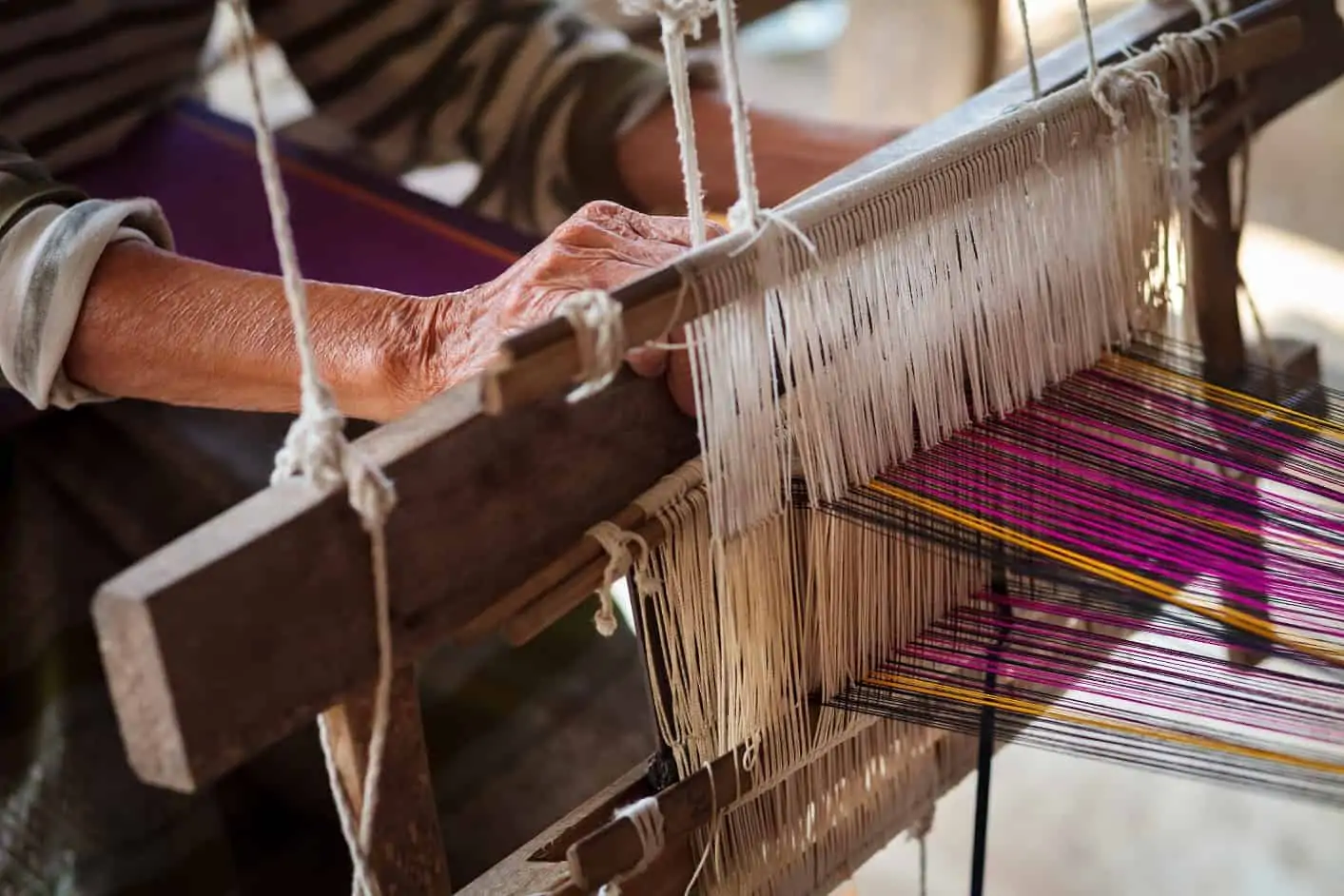
Wool is a fabulous product, the natural material that makes luxurious designer products such as our turquoise throw blanket possible. These amazing natural fibres are so much more than cosy touches to add to the home.
Wool unlocks many advantages, with its super soft, hypoallergenic, durable nature providing warm, lightweight products that benefit both health and home. The wider planet can also prosper thanks to wool.
At every stage, wool is a highly sustainable super fibre. Even at the end of its life, wool biodegrades naturally to put zero pressure on the planet and its resources.
As a result, wool is widely used in many countries, but when exactly did the world’s love affair with this all-natural material begin? We go on a journey back to the Stone Age to find out.
Back to the very beginning
The very beginning of mankind’s wool use can officially be traced back to the Stone Age some 10,000 years ago.
Although there’s evidence of many northern European tribes spinning and weaving wool long before this.
Even during the Stone Age primitive people were reaping the rewards of wool, with sheep providing a vital source of food, clothing and shelter.
Wool’s incredible weather-proof, temperature regulating abilities came in handy, offering vital protection from the heat and cold, as well as the wind and rain.
The popularity of wool spread fast with the mobility of sheep allowing the wonders of wool to travel to many civilisations.
Persians, Romans, and Greeks were particularly fond of their sheep and travelled far and wide to improve breeds and maximise the quality of the wool they produced.
Wool production lands in Britain
It was the Romans who made wool production more of a commercial venture. They established what is considered to be the first wool plant right here in England.
From here the wool industry grew from strength to strength as The Knitting Wool Store details:
“By the time of the Roman invasion in 55 B.C. Britain had developed a thriving wool industry which was appreciated and encouraged by the new rulers. I am sure they fully appreciated the warm cloth in their new chilly home!
By the 8th century A.D., Britain had embarked on the export trade which was to make it so rich and well known around the world.”
Spinning, weaving and knitting methods continually developed, and Britain benefited from this newly cemented industry. The sector expanded further and in the 12th century, wool became England’s biggest asset.
Wool production, however, hit its peak in the 13th century with the chaotic events of the time causing the wool industry to suffer greatly.

The ups and downs of the wool trade
After its first decline, the wool industry continued to experience its fair share of ups and downs. An influx of Flemish weavers in the 14th century saw the industry rejuvenated with exports of fabric and raw wool picking up once again.
The war with France and the plague, however, meant that the success of British wool farmers didn’t last.
The wool industry went on to recover once again, and England regained its reputation as the foremost producer of wool products and exporter of raw wool.
The Industrial Revolution in the 18th century saw the wool sector go from cottage industry to mass production.
Newly-introduced machinery made wool production easier than ever but this did cause unrest amongst the skilled workers the industry had so far been built upon. Machine led wool factories however later became the norm.
The revival of the cottage industry
The cottage industry that wool production started as is making something of a comeback, with handcrafted wool items favoured by the masses. In the modern-day, more varieties of wool are available to all.
But whatever your preferred wool fibre, with ethical brands like us you can guarantee that responsible sourcing is all a part of the package.
Check out our range of luxurious wool blankets, bedspreads, cushions, scarves, and accessories here, and unlock the modern wonders of wool for yourself.
Hungry for another history lesson? Read our brief history of alpaca wool for an insight into this fascinating fibre.
Images: Mara Fribus / Shutterstock.com, Patrick Foto / Shutterstock.com